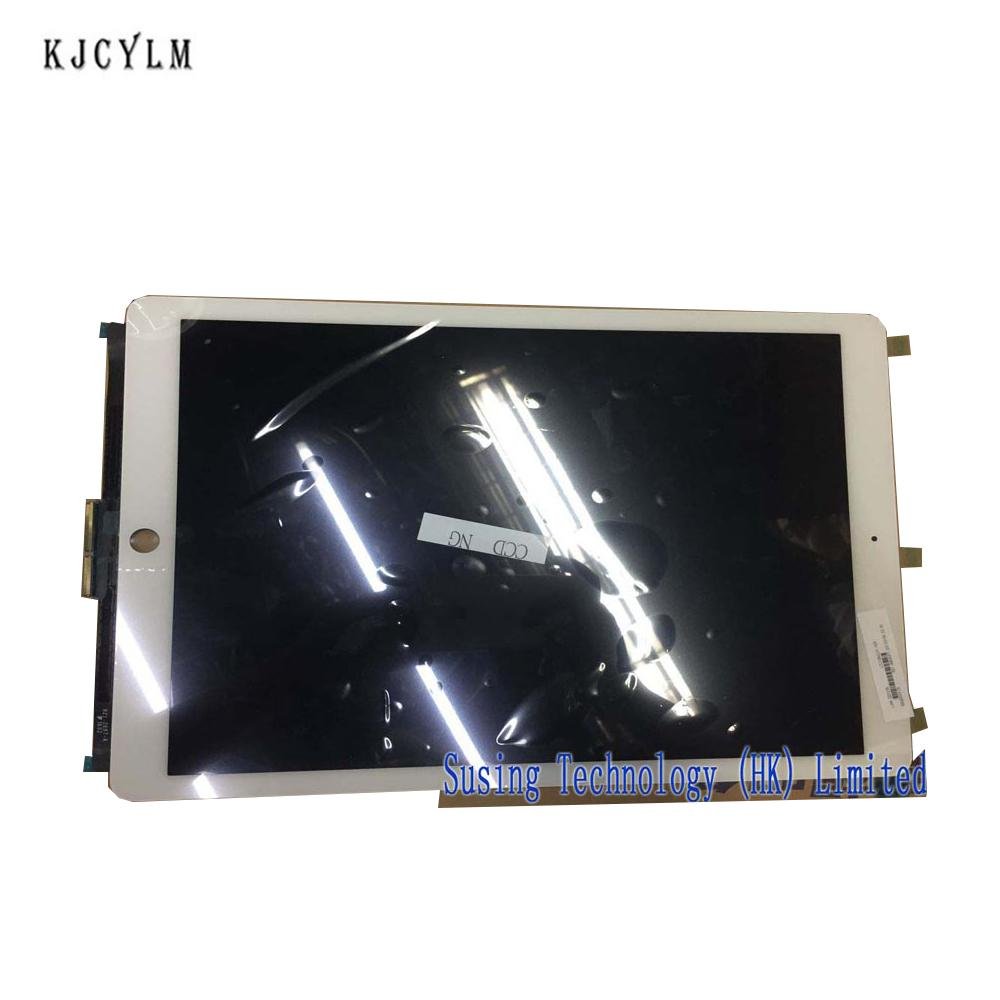

- First mac touch screen android#
- First mac touch screen software#
- First mac touch screen Bluetooth#
- First mac touch screen series#

(Thanks, Apple!) And, part of it is because the form factors beyond phones and tablets are bending to that pressure. Part of that is because we’re becoming more and more touch-focused as users, as our phones become our primary gateway to the digital world. People really like touchscreens on laptops, and even those who don’t habitually use them (like me!) don’t see them as a detriment. But 10 years of slow, awkward, and ultimately successful progress in Windows and pretty much every other operating system have proven Jobs wrong.
First mac touch screen series#
It’s ergonomically terrible.” Jobs gave the horizontal trackpads and Magic Mouse as the Mac’s gateway to multitouch functionality.Ī series of 2000s patent applications give credence to his claim that Apple has done its homework. “Touch surfaces don’t want to be vertical! It gives great demo, but after a short time you start to fatigue … your arm wants to fall off. We’ve done tons of user testing on this, and it turns out it doesn’t work,” Jobs said in a 2010 Apple keynote. Whenever the subject of touchscreens on Macs is broached, Steve Jobs’ declaration that “touchscreen laptops don’t work” is raised. Current MacBook Pros dipping their toes into touschscreens with a unique Touch Bar across the top of the keyboard show that Apple is neither completely repelled nor completely sold, on touchscreens for full-power operating systems. It’s not as if Apple doesn’t see the value of touch as a paradigm: its entire mobile strategy is founded on it, and MacBooks are still considered the gold standard when it comes to touchpad accuracy and gestures.

Appleīarring some major surprise between now and the end of the year, it looks like Apple’s long-standing aversion to touch-enabled desktop operating systems will continue unabated. It was exactly as awkward as “using a mouse to operate touch-based applications” sounds. The presenter went as far as to operate the demo apps, Monument Valley 2, Fender Play, and Calm, with a Magic Trackpad. The announcement gave no indication that macOS would gain touchscreen support (beyond the nominal utility of the Touch Bar on the MacBook). So, get ready to run your favorite iPhone and iPad apps on your Mac.
First mac touch screen software#
Microsoft yearned for a unified software platform, even if it failed to create one.
First mac touch screen android#
Google tried- indeed, is still trying-to do the same thing, with Android apps running on Chromebooks. Plugging a mobile store with literally millions of premade applications into your platform, which has historically fallen behind the competition in terms of program selection, is a win-win. Just open the App Store, download them, and they’re ready to go. This is huge, of course. Apple announced this at its WWDC event earlier this week, alongside Big Sur, a new version of macOS that borrows tons of visual design elements from the iPad.Īnd, it’s more than a skin-deep change: every Mac running on Apple silicon will be able to run iOS and iPadOS apps naively. Later this year Apple will begin transitioning the Mac computer lineup to its own internally developed ARM-based hardware-the same kind of thing that powers the iPhone and iPad. But here we are: despite Apple pioneering modern touchscreens and most new laptops coming with them by default, Macs are still defiant in their absence.
First mac touch screen Bluetooth#
Weird, right? It’s one of those things you kind of assumed was fixed years ago, like Bluetooth pairing or the ozone layer. It’s 2020, and you still can’t touch the screen on your Mac.


 0 kommentar(er)
0 kommentar(er)
